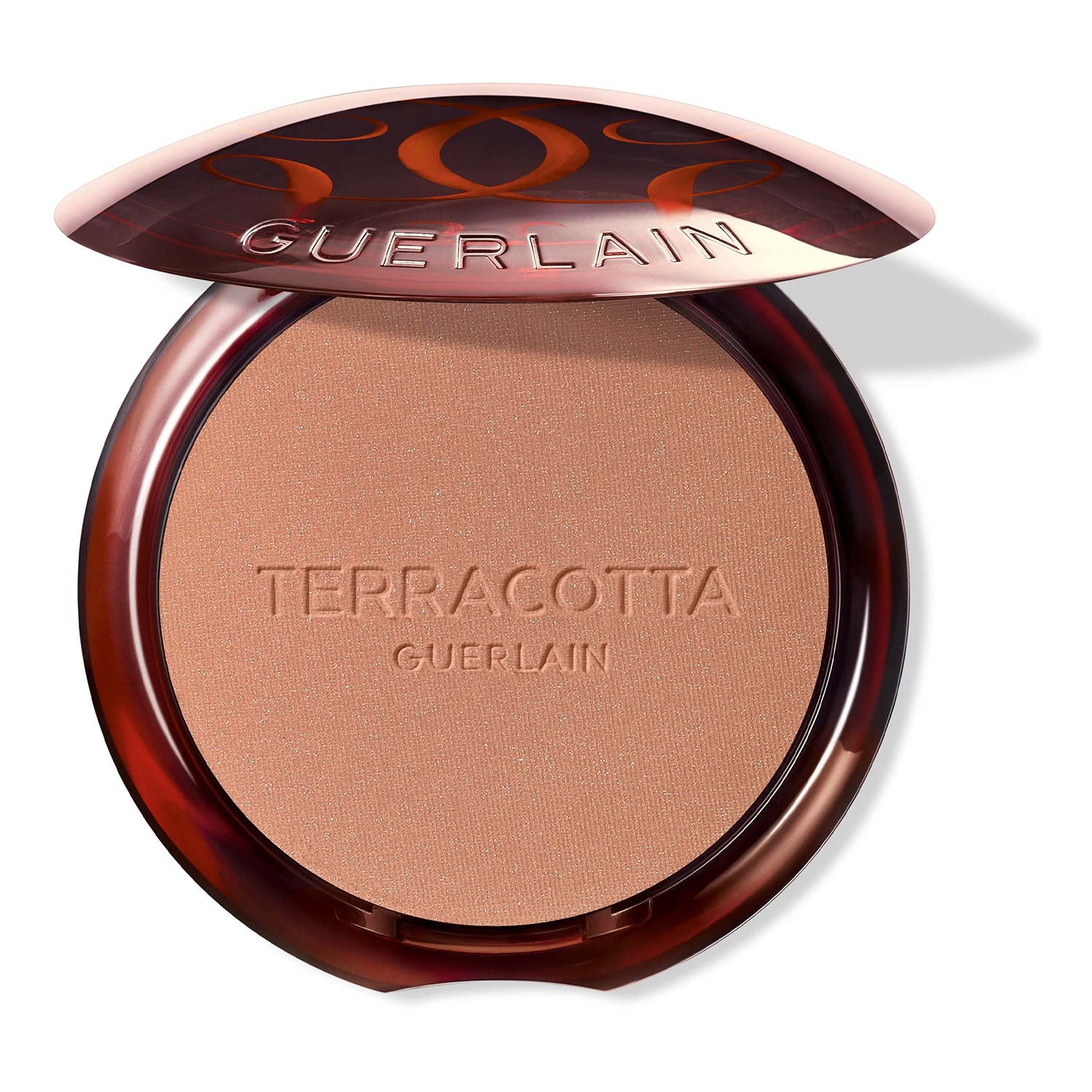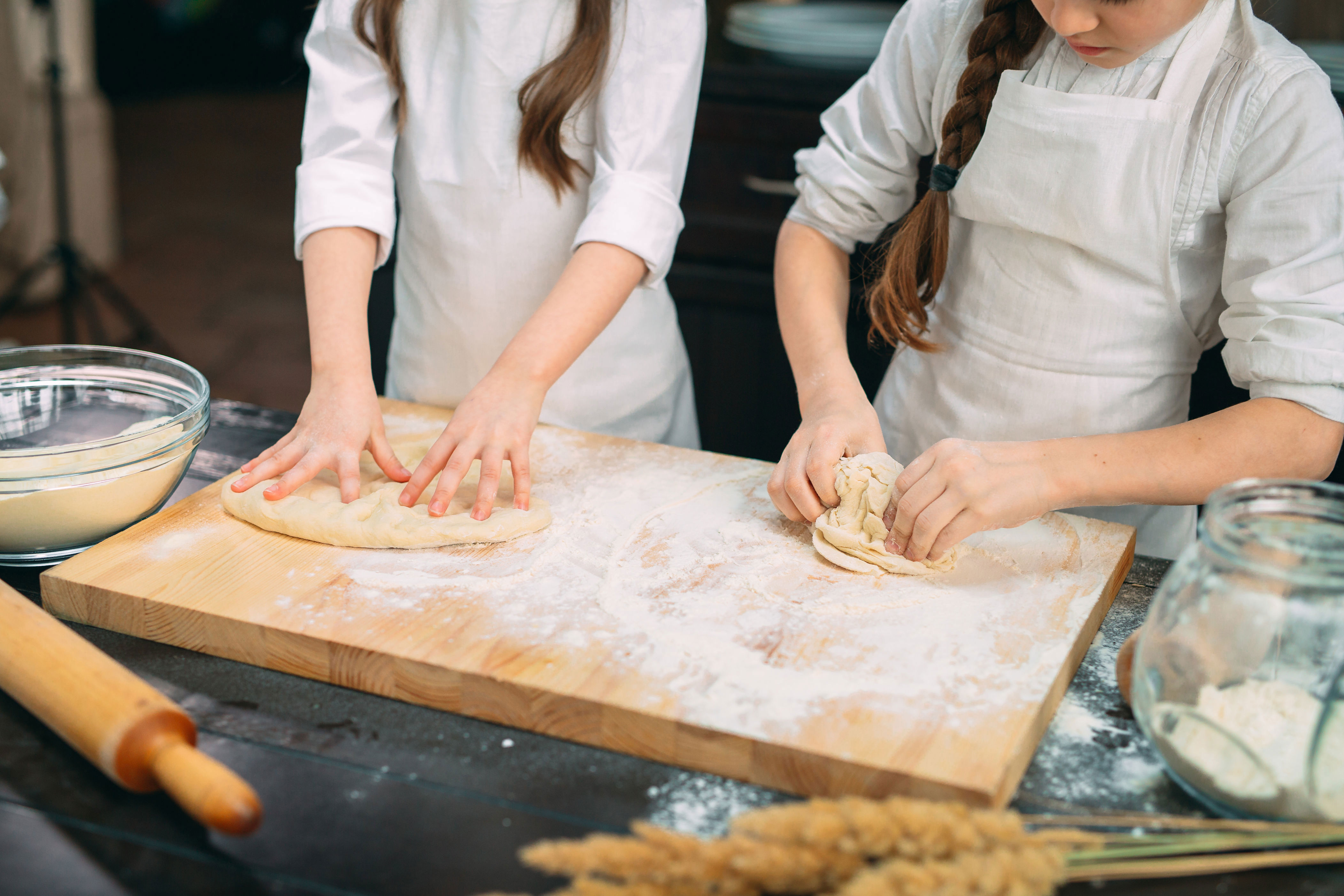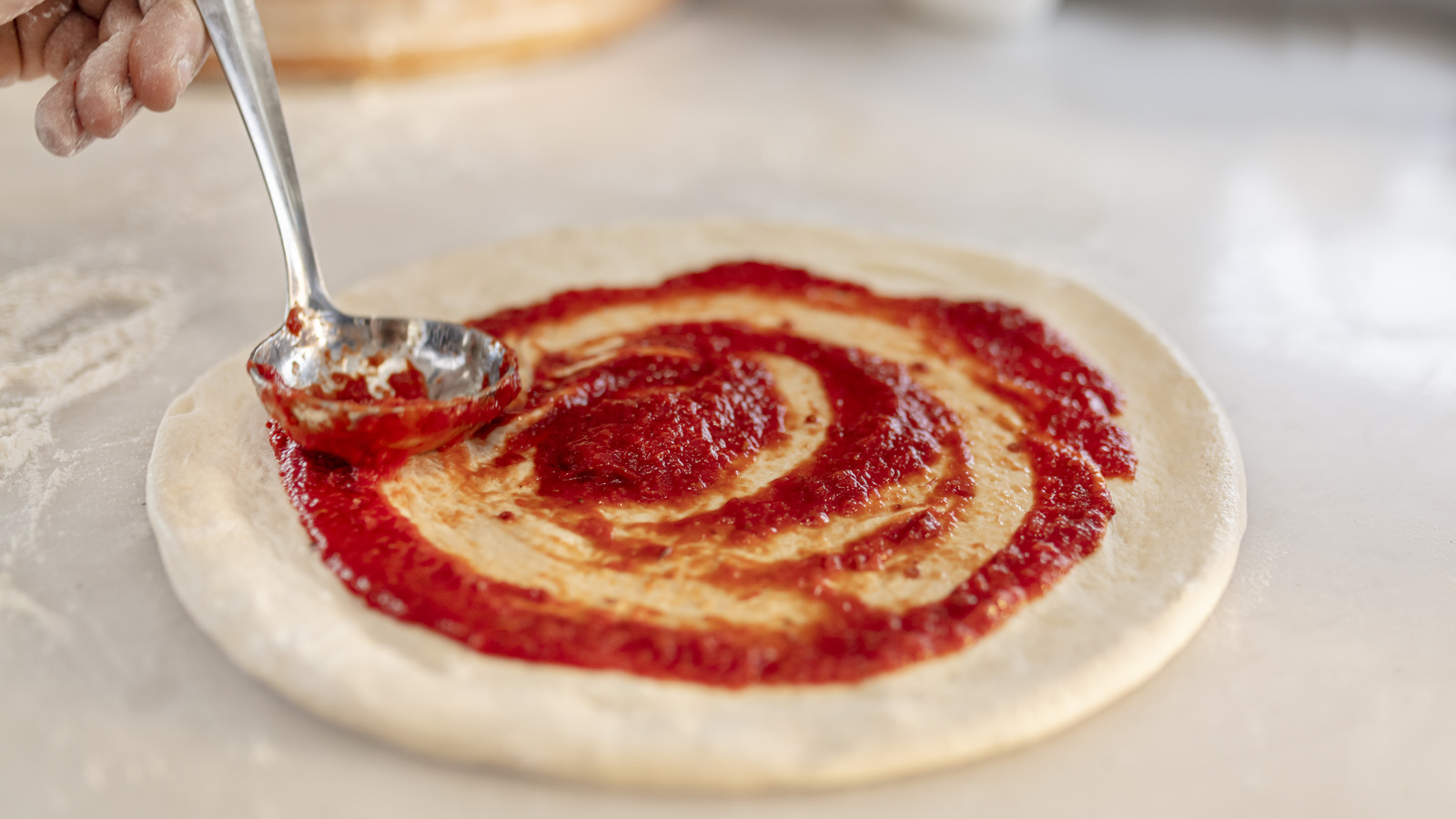Are you looking to add something a little different, a bit more vibrant, to your plate? Red rice, with its lovely earthy taste and chewy feel, offers a wonderful change from your usual white or brown varieties. It's a grain that brings not just a beautiful color but also some nice nutritional benefits to your meals. Getting it just right, you know, can feel like a small victory in the kitchen.
Cooking red rice might seem like a bit of a mystery if you're used to other types, but your trusty rice cooker makes the whole process incredibly straightforward. It's a tool that really takes the guesswork out of preparing grains, letting you focus on other things while it does its job. Honestly, it's pretty convenient.
This guide will walk you through everything you need to know to get wonderfully cooked red rice every single time, using your rice cooker. We'll cover the right amounts of rice and water, some helpful tips, and even how to fix common little issues. You know, sometimes figuring out how to make something just right, whether it's a simple task or something more involved, really does "make sense" when you have clear steps, like those found in various helpful notes and discussions, even those in "My text" about how things are put together or understood.
Table of Contents
- Why Red Rice?
- Gather Your Tools and Ingredients
- The Perfect Red Rice in Your Rice Cooker: Step-by-Step
- Tips for Red Rice Perfection
- Troubleshooting Common Red Rice Issues
- Beyond the Basic Bowl: Serving Ideas
- Frequently Asked Questions About Red Rice
- Final Thoughts
Why Red Rice?
Red rice is more than just a pretty color on your plate; it's got a good amount of stuff that's good for you, too. It's a whole grain, which means it keeps all its parts, including the bran and germ. These parts hold a lot of the goodness, like fiber and various little helpers your body needs. It can help you feel full for longer, which is pretty nice if you're trying to watch what you eat.
The flavor of red rice is something special, actually. It's got a slightly nutty, almost earthy taste that stands out from regular white rice. Its texture is also a bit firmer, with a pleasant chewiness that gives your meals more character. This makes it a really good choice for dishes where you want the rice to be a star, or at least a very strong supporting player. You know, it just adds something extra.
Gather Your Tools and Ingredients
Before you get started, it's a good idea to have everything you need ready to go. This makes the whole cooking process smoother and less stressful. You'll find that having your tools and ingredients prepared makes a big difference, honestly.
What You'll Need:
Red Rice: There are different kinds of red rice out there, like Bhutanese red rice or Camargue red rice from France. They all have their own subtle differences, but the cooking method in a rice cooker is pretty much the same for most of them. You can usually find red rice in the bulk section of health food stores or in the international aisle of bigger grocery stores. Just look for it; it's usually right there.
Water: Plain old tap water works just fine for this. You don't need anything fancy, really.
Rice Cooker: Any standard electric rice cooker will do the trick. Whether it's a simple on/off model or one with all sorts of settings, it will get the job done. This is where the magic happens, so to speak.
Measuring Cups: Accuracy here is pretty important for getting the right texture. Using proper measuring cups helps a lot.
Fine-Mesh Sieve or Colander: This is for rinsing the rice. A sieve works best because the grains are small and can sometimes slip through larger holes. So, you know, grab one of those.
The Perfect Red Rice in Your Rice Cooker: Step-by-Step
Cooking red rice in a rice cooker is quite simple, actually. Just follow these steps, and you'll have a lovely batch of grains ready to enjoy. It's really not complicated at all.
Step 1: Measure Your Rice
First things first, decide how much rice you want to cook. A good rule of thumb is about half a cup of uncooked rice per person if it's a main side dish. Use your measuring cup to get the exact amount. This is a pretty crucial first step, as it sets up everything else.
For example, if you're cooking for two, you might use one cup of dry red rice. You know, it's all about getting those initial amounts right.
Step 2: Rinse Thoroughly
Now, put your measured red rice into a fine-mesh sieve or a colander. Take it over to the sink and rinse it really well under cool running water. You'll want to move the rice around with your hand to make sure all the grains get washed. Keep rinsing until the water running off the rice looks clear, or nearly clear. This step helps get rid of any extra starch and dust, which can make the rice less sticky and improve its feel. It's a very important part of the process, honestly.
This rinsing process, you know, helps the grains separate nicely after cooking. It's a small step that makes a big difference in the final product.
Step 3: Add Water
After rinsing, put the clean red rice into your rice cooker's inner pot. Now comes the water. The general rule for red rice is usually a bit more water than white rice, often around 2 cups of water for every 1 cup of dry red rice. However, this can vary slightly depending on the specific type of red rice and your rice cooker model. Some people find 1.75 cups of water works better for a firmer grain, while others prefer 2.25 cups for a softer texture. It's worth trying a few different ratios to see what you like best. This is where a little bit of experimenting can really pay off. Learn more about healthy eating on our site, and link to this page for a comprehensive guide to whole grains.
So, for every cup of red rice you've put in, add about two cups of water. You can also add a small pinch of salt at this point, if you like, to give the rice a little flavor. Just a little bit, you know.
Step 4: Cook It Up
Close the lid of your rice cooker. Most rice cookers have a "brown rice" setting, which is perfect for red rice because both are whole grains and take a bit longer to cook than white rice. If your cooker doesn't have a specific brown rice setting, just use the regular "cook" or "white rice" setting. The cooker will automatically switch off or to a "warm" setting once it's done. This part is pretty much hands-off, which is nice. As a matter of fact, it's one of the best things about using a rice cooker.
The cooking time can vary, but it usually takes anywhere from 40 to 60 minutes for red rice. You'll know it's ready when the cooker switches over. You know, it's a pretty reliable system.
Step 5: Let It Rest
Once the rice cooker has finished cooking and switched to "warm," resist the urge to open the lid right away. This is a really important step, actually. Let the rice sit in the cooker, with the lid on, for at least 10 to 15 minutes. This resting period allows the steam to redistribute evenly throughout the grains, making them fluffier and ensuring they're cooked all the way through. It's kind of like letting a steak rest after cooking; it just makes everything better. So, you know, be patient.
This resting time, in a way, is crucial for getting that perfect texture. It helps prevent the rice from being too wet or too dry, essentially.
Step 6: Fluff and Serve
After the resting time, open the lid. Use a fork or a rice paddle to gently fluff the red rice. This separates the grains and releases any remaining steam, making the rice light and airy. Then, it's ready to be served! It's pretty satisfying to see those beautiful, fluffy grains. You know, all that waiting pays off.
You can serve it right away as a side dish, or use it as a base for other meals. It's really quite versatile.
Tips for Red Rice Perfection
While the basic steps are simple, a few extra tips can help you achieve truly outstanding red rice. These little things can make a big difference, you know.
Consider Soaking: Some people like to soak red rice for 30 minutes to an hour before cooking. This can help reduce cooking time slightly and make the grains a little softer. If you soak, you might need to reduce the water by about a quarter cup for every cup of rice, but you know, it's optional. It's something to try if you have the time.
Add a Touch of Salt: A small pinch of salt in the cooking water really brings out the natural flavor of the rice. About half a teaspoon for every cup of dry rice is a good starting point. This is a pretty common trick for making grains taste better.
A Little Fat: Adding a tiny bit of olive oil or butter to the water before cooking can help prevent the rice from sticking together and give it a nice sheen. Just a teaspoon or so per cup of rice. It's a small addition that can make a big impact, actually.
Don't Lift the Lid: During the cooking and resting phases, try not to open the rice cooker lid. Every time you open it, steam escapes, which can mess with the cooking process and lead to unevenly cooked rice. It's tempting, but you know, just leave it alone.
Adjust for Altitude: If you live at a high altitude, you might need to add a little more water or increase the cooking time slightly, as water boils at a lower temperature up there. This is a common adjustment for cooking, so, you know, keep it in mind if you're up high.
Troubleshooting Common Red Rice Issues
Even with a rice cooker, sometimes things don't go exactly as planned. But don't worry, most common issues with red rice are easy to fix. It's pretty normal to have a little hiccup now and then, so, you know, don't fret.
Rice is Too Sticky or Mushy: This usually means there was too much water. For your next batch, try reducing the water by a quarter cup per cup of rice. You might also have opened the lid too often during cooking, letting steam escape unevenly. Just try to be a bit more precise with your water amounts next time. It's all about finding that sweet spot, basically.
Rice is Too Dry or Hard: This is the opposite problem – not enough water, or maybe not enough resting time. For your next attempt, add a quarter cup more water per cup of rice. Make sure you let it rest for the full 10-15 minutes after cooking. Sometimes, you know, it just needs a little more moisture and patience.
Burnt Bottom: If the bottom of your rice is getting crispy or burnt, it could be due to an old rice cooker, or maybe too high a heat setting if your cooker has options. Sometimes, reducing the water slightly can help, as less water means less time for the bottom to scorch. You could also try adding a very thin layer of oil to the bottom of the pot before adding the rice and water. It's worth trying, anyway.
Beyond the Basic Bowl: Serving Ideas
Once you've mastered cooking red rice, the possibilities for enjoying it are pretty wide open. Its distinct flavor and texture make it a fantastic addition to many different meals. It's really quite versatile, you know.
As a Side Dish: Red rice makes a wonderful side for grilled fish, roasted chicken, or any kind of stew or curry. Its hearty nature stands up well to rich flavors. It's a good alternative to white rice, providing a bit more substance.
In Salads: Cooked and cooled red rice is excellent in cold salads. Mix it with chopped vegetables, fresh herbs, a light vinaigrette, and perhaps some chickpeas or feta cheese for a satisfying and healthy meal. It adds a nice chew and a good dose of fiber, too. It's pretty refreshing, actually.
Stir-Fries: Instead of white rice, use red rice in your favorite stir-fry. Its firm grains hold up well to the stir-frying process and absorb flavors beautifully. It gives the dish a bit more character, you know.
Grain Bowls: Build a delicious grain bowl with red rice as the base. Top it with roasted vegetables, a protein like tofu or chicken, and a flavorful sauce. This is a great way to use up leftovers and create a balanced meal. It's a very popular way to eat these days, actually.
Stuffed Vegetables: Use red rice as part of the filling for stuffed bell peppers, tomatoes, or zucchini. It adds a lovely texture and nutritional boost to the stuffing. It's a pretty creative way to use it, really.
Frequently Asked Questions About Red Rice
People often have a few questions when they start cooking red rice. Here are some common ones, with some simple answers. Hopefully, these will help clear things up for you, you know.
Do I need to soak red rice before cooking?
Soaking red rice is totally optional. It can sometimes help it cook a little faster and make the grains a bit softer. If you do soak it, just for about 30 minutes to an hour is usually enough. Remember to adjust your water amount slightly if you soak, maybe a little less water, as the rice will have already absorbed some. It's a personal preference, really.
What's the best water-to-rice ratio for red rice in a rice cooker?
A good starting point is two cups of water for every one cup of dry red rice. However, this can change a bit depending on the specific type of red rice and your rice cooker. Some people find 1.75 cups works better for a firmer grain, while others like 2.25 cups for something softer. It's worth trying a few different amounts to see what you



